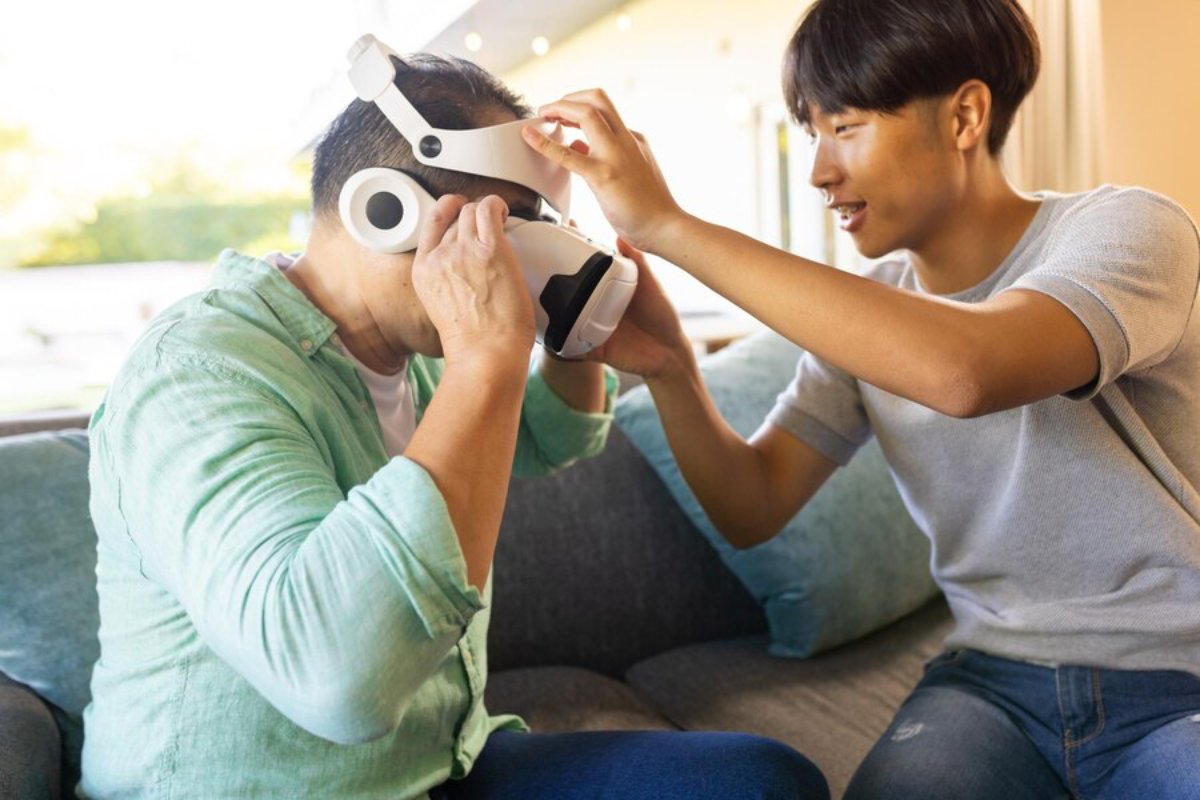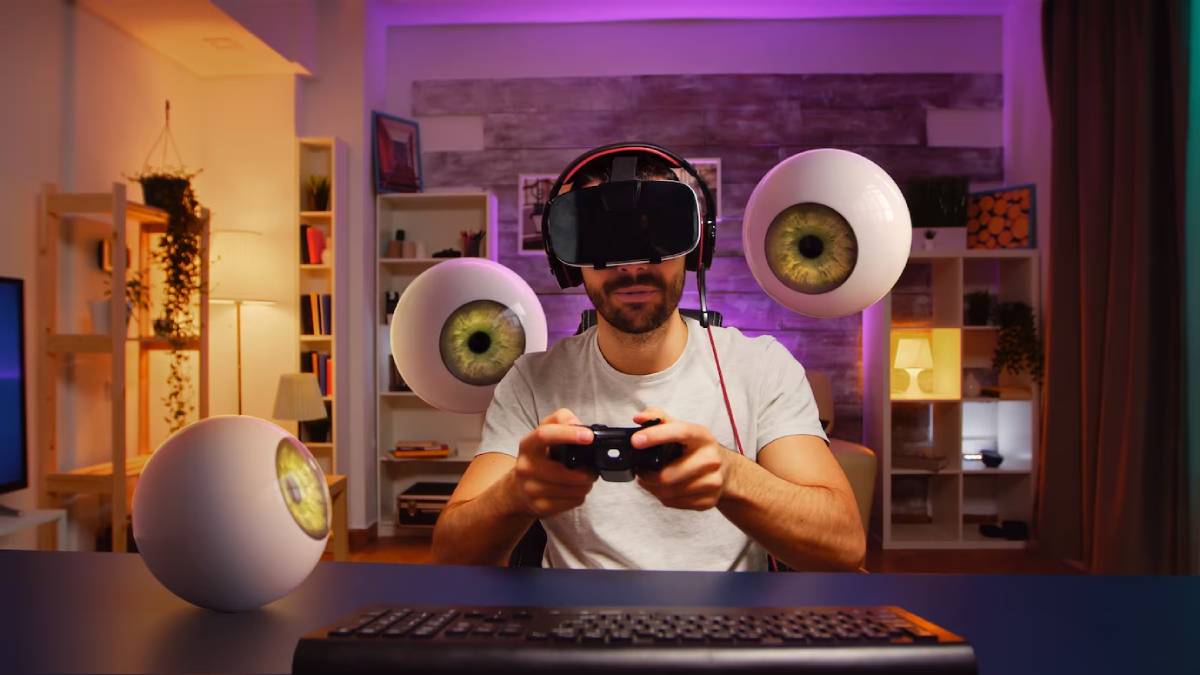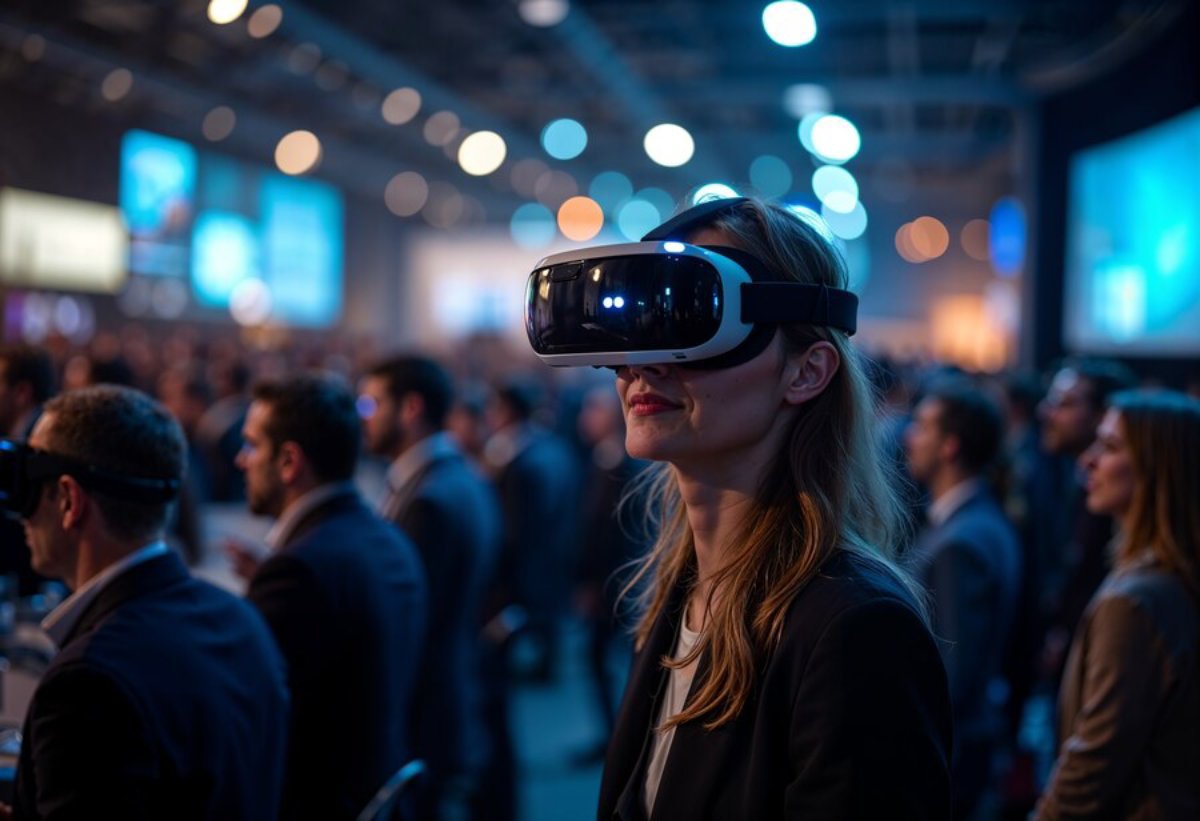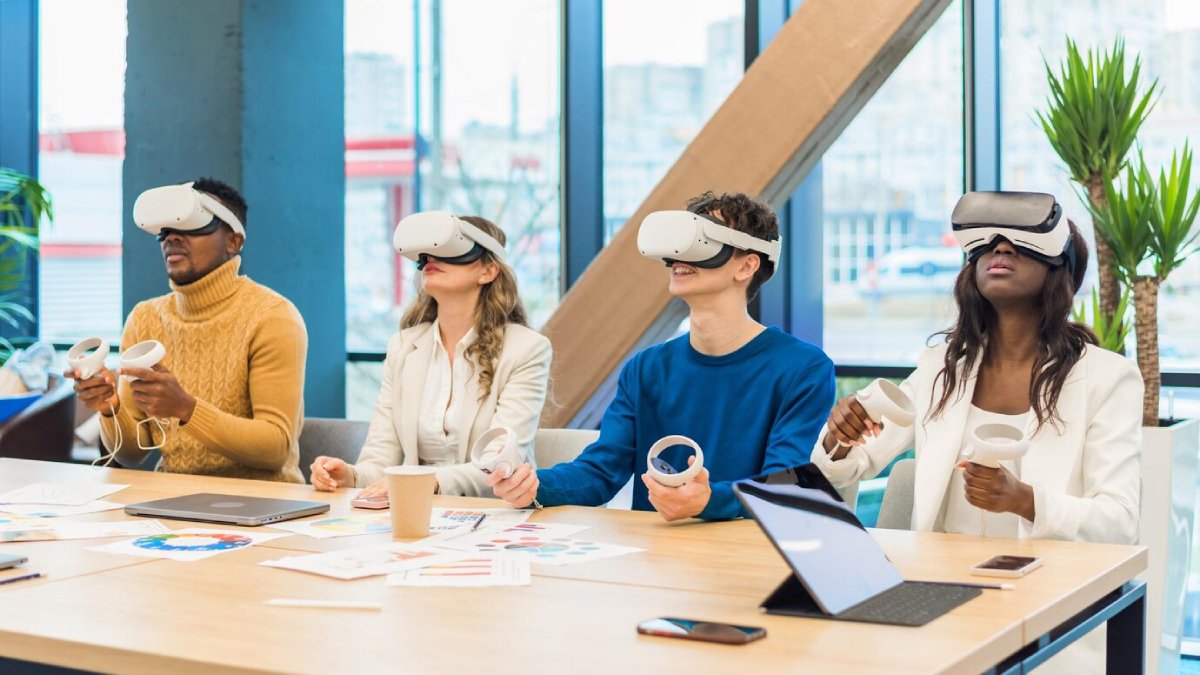
How to Calibrate Your VR Headset for Optimal Performance
VR has revolutionised the way we interact with digital content. It provides immersive experiences once confined to science fiction. However, for an incredible experience, you need to have your VR headset calibrated properly. This guide explains how to calibrate VR headsets. Do this for the best performance and the smoothest, most immersive experience.
Virtual Reality is no longer an ideal for the future. It’s ubiquitous now, part of our daily lives. We see it across gaming, education, training and therapy. A trip into VR instead and the magic can be shattered if your headset isn’t correctly calibrated. The result of this misalignment can be discomfort, motion sickness, or just not as immersive of an experience. This guide will outline the importance of calibrating your VR headset with the proper toolset who knows how to operate them; you’ll learn how to fine-tune your VR, for example.
Understanding the Core of VR Headset Calibration
Calibrating your VR headset: Adjust settings so the virtual world matches your physical environment. This process is critical to ensure that the images you see when you put on the headset are clear, stable, and placed correctly so that you don’t suffer issues like blurriness, dizziness, or nausea. VR calibration involves several aspects, including interpupillary distance (IPD), lens distance, and software settings.
Interpupillary distance (IPD) is the distance between the centre of your eyes. The correct IPD settings will ensure that the virtual images are rendered at the proper distance consistency with your real eyes to avoid unnecessary strain and enhance clarity. Lens alignment is adjusting the position of the headset lenses so that they’re correctly in front of your eyes, and software settings to set up the VR software itself to fit your physical location and preferences.
Pro Tip: Regular Calibration: VR headset calibration is not a one-time task. You should regularly check and adjust settings to accommodate changes in your physical environment or preferences.

Quick Guide / Checklist for VR Headset Calibration
Before diving into detailed steps, here’s a quick checklist to ensure you cover all the bases:
- Measure Your IPD: Use a ruler or a specialised app to determine your interpupillary distance.
- Adjust Headset Straps: Ensure the headset fits snugly and comfortably.
- Align Lenses: Position the lenses directly in front of your eyes.
- Configure Software Settings: Adjust settings such as room-scale and boundary setup.
- Test and Fine-Tune: Perform a VR test run and make necessary adjustments.
Important Tip: Avoid Eye Strain: Take breaks and reassess your calibration settings if you experience eye strain or discomfort.
Step-by-Step Guide: How to Calibrate Your VR Headset
Step 1: Measure Your IPD
The first step in VR headset calibration is measuring your interpupillary distance (IPD). This measurement is crucial for setting the lenses at the correct distance apart to match your eyes. You can measure your IPD using a ruler or a smartphone app designed for this purpose.
- Use a Ruler: Stand before a mirror and hold a ruler against your brow. Close your right eye and align the zero mark with the centre of your left pupil. Close your left eye and note the measurement at the centre of your right pupil. This is your IPD.
- Use an App: Several apps are available that use your phone’s camera to measure your IPD accurately. Follow the app’s instructions for precise measurement.
Step 2: Adjust Headset Straps
For optimal performance, your VR headset should fit snugly on your head without being too tight. Adjust the straps to find a comfortable fit that keeps the headset stable.
- Top Strap: Adjust the top strap to ensure the headset sits comfortably on your forehead.
- Side Straps: Tighten or loosen the side straps to secure the headset in place without causing discomfort.
Step 3: Align the Lenses
Proper lens alignment is essential for precise and immersive VR experiences. Follow these steps to ensure correct alignment:
- Centre the Lenses: Position the headset so the lenses are directly in front of your eyes. Adjust the headset’s position until the image appears sharp and clear.
- Adjust IPD Settings: Most VR headsets have a built-in IPD adjustment feature. Use this to set the lenses at the correct distance apart based on your measured IPD.
Step 4: Configure Software Settings
Once the hardware adjustments are complete, it’s time to configure the software settings for optimal VR performance. This involves setting up the VR environment to match your physical space and preferences.
- Room Scale Setup: Define your play area by setting boundaries within the VR software. This ensures you stay within a safe zone while immersed in VR.
- Calibration Tools: Use the headset’s calibration tools to fine-tune brightness, contrast, and refresh rate settings.
Step 5: Test and Fine-Tune
After completing the initial setup, testing your VR headset and making any necessary adjustments is essential. Run a VR application and assess the clarity, comfort, and immersion. If needed, revisit the previous steps to fine-tune the settings.
Important Note: Keep Lenses Clean: Dust and smudges can affect clarity. Clean your lenses with a microfibre cloth regularly.
Best Practices & Additional Insights
To further enhance your VR experience, consider these best practices and additional insights:
- Optimise Lighting: Ensure your play area is well-lit to improve tracking accuracy and reduce motion blur.
- Upgrade Hardware: For a superior experience, invest in a high-quality VR headset with advanced calibration features.
- Stay Updated: Keep your VR software and drivers updated to benefit from the latest features and improvements.

FAQs
Q1: How often should I calibrate my VR headset?
It’s recommended to calibrate your VR headset every few months or whenever you notice a decline in performance or comfort.
Q2: Can I use my VR headset with glasses?
Yes, many VR headsets are designed to accommodate glasses. However, you may need to adjust the straps and lens alignment to ensure a comfortable fit.
Q3: What should I do if I experience motion sickness while using VR?
Motion sickness can result from improper calibration. Ensure your headset is correctly aligned, and take breaks to reduce discomfort. If symptoms persist, consult a healthcare professional.
Embark on Seamless VR Experiences
VR headset calibration for stunning performance and true immersion: Use this guide to customise your VR experiences and fully exploit virtual reality’s potential.
Note: Frequent calibrations and hygiene are essential to maintain a good VR experience.
Time to jump into the virtual world? Today is the day to calibrate your VR headset! Access a whole new dimension of virtual entertainment. Comment below to specify your experience(s), optimum tips, and how VR has transformed your digital interactions!


